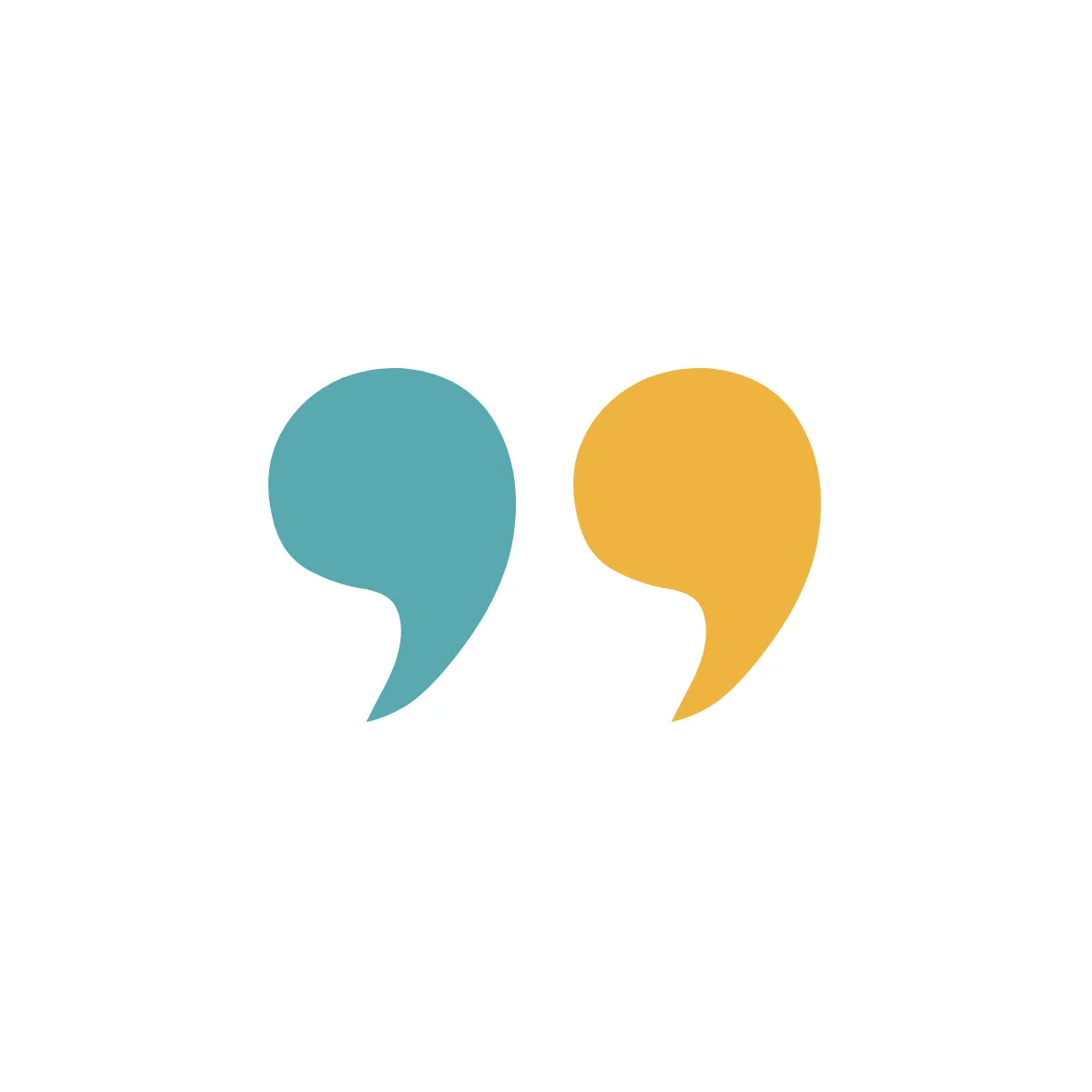
Everyone loves a story with a happy ending,
so here are some of our favourites.
We helped a large corporate unlock an owners mindset in a team and deliver outstanding commercial results
Business Challenge
Solution
Outcome
The Tax Transformation team of a Big 4 firm had aggressive growth targets and the team was exhausted already by February.
Working with Productivity Bargain, the Partner, Catherine, and her leadership team set the following goals
Attract the best talent, and retain the people we have, to achieve our ambitious growth targets
Deliver creative thinking and problem solving for clients
Reframe productivity so that our time spent is based on what will create the most impact for clients and create value
There were three key unlocks for Catherine and her team, during their Productivity Bargain:
They designed the team goals to be outcome-oriented, and re-focused each each person’s KPIs on outcomes.
They identified pain points – including scope management, client contracts, role clarity, and lack of focus time – and the team identified and implemented solutions.
The team felt empowered and motivated, so proactively started to problem solve and innovate

In the 6 months after implementing their Productivity Bargain, they had
100% retention
Hit their ambitious commercial targets by Q3
Team started to proactively suggest margin improvement ideas

"The outcome-based model has fostered a sense of ownership and accountability among team members. Everyone is more engaged and motivated to contribute to the team’s success with a drive to exceed external expectations, understanding that their efforts directly impact the overall performance and profitability"
We helped a government agency reduce burnout and carve out focus time
Business Challenge
Solution
Outcome
When the annual PMES employee survey came out in a NSW Government directorate last year, it highlighted several issues.
The Executive Director, Jenny, decided she needed to do something to help her team, and it couldn’t be another short-lived initiative.
It had to make a real difference. She said "instead of sinply working harder, we needed to rethink how we worked - focusing on efficiency, effectiveness, and creating a sustainable way forward."
50% of staff reported burnout symptoms.
They did not have sufficient time to do their job well, yet workloads were only going to grow.
Employees struggled with wellbeing
Working with Productivity Bargain, the team implemented a Sustainable Work Practices initiative and established ‘Focussed Fridays’, a day for deep work.
Big wins were:
Providing an outcome-based lens for decision making around time - focusing on quality of impact rather than quantity
Changing meeting culture
Challenging the notion of ‘busywork’
Being more intentional about how they use their time
In the 6 months after implementing their Productivity Bargain, they had
Cut 700 hours a week of time spent in meetings
Reduced burnout from 50% ot 7%
Increased agreement that 'current practices support me to complete my work' by 43%

The team is more aligned with our core objectives, and there is a noticeable improvement in how we prioritise work. By reducing unnecessary meetings and improving work habits, we have created capacity for higher-value activities that contribute directly to better outcomes for children and families.
We helped a small business owner raise productivity to work fewer hours while maintaining sales
Business Challenge
Solution
Outcome
Zig, the owner of a small business, was working 60+ hours a week and found it tough to recruit and retain junior staff.
While the business was successful, it came at the expense of his relationship and health, both mental and physical.
He needed a way to regain work life balance that would not risk revenue for his business
He needed a solution that would work for a small business owner, where he charged by the hour for time spent with clients
By reframing productivity with an outcome lens, it unlocked opportunities to reduce hours or raise revenue that hadn't been identified before.
Zig:
Identified patterns of down time with minimal revenue opportunities
Designed a dynamic pricing strategy to change client behavious and expectations about when they scheduled meetings
Innovated around revenue streams when their focus shifted from 'hours' to 'revenue per hour'

In the 6 months after implementing their Productivity Bargain, they had
Reduced working hours by 30% with zero decline in sales
Carved out time for family, health, and wellbeing
Launched an adjacent business stream, because he had the space for creativity and time to action ideas.
Was able to take a long holiday for the first time in years

The Productivity Bargain helped me be more intentional about my schedule and pricing, and gave me the impetus to make a distinct change despite being afraid that I’d lose income or clients.
I was able to reduce my hours by 30% and sales have not dropped. Really grateful for your advice and help through this journey

On Social
Explore
productivitybargain.com - All Rights Reserved - Terms & Conditions